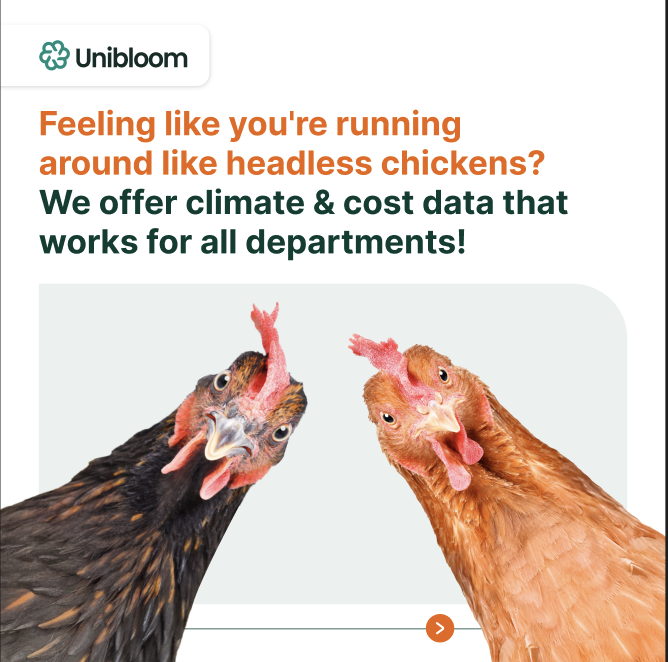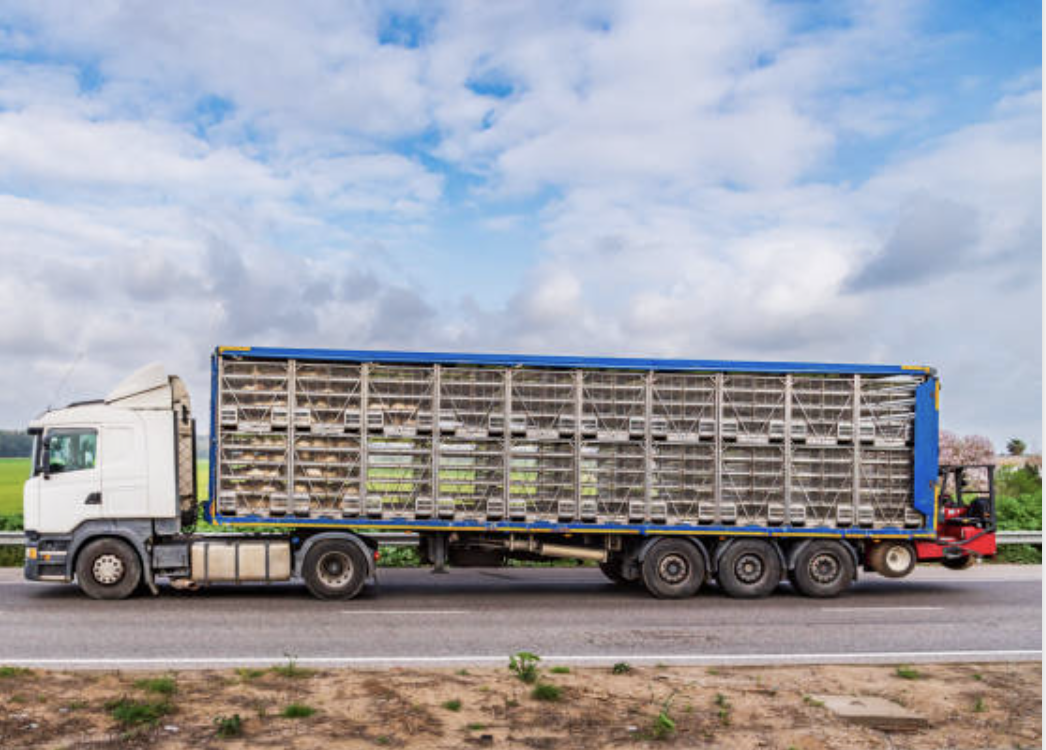Why integrating feed cost, emissions, and nutrition in one plan towards SBTi & FLAG matters
Get into action

In livestock production, data isn’t the problem—disconnected data is.
Sustainability teams today are inundated with data—from ingredient prices and emissions reports to nutritional values and sourcing insights. This critical business information is often scattered and siloed, adding complexity to data transparency and making it difficult to make plans, collaborate with suppliers & procurement to identify the right solutions with lower climate & cost impact and make informed decisions that balance environmental goals, animal performance, and cost efficiency.
Let’s look at the three big challenges holding the industry back and what can be done about them.
1. Rising costs & resource scarcity
Feed ingredients like corn, soy, and fishmeal are becoming more volatile in both price and availability. Climate change affects harvests, geopolitical tensions disrupt supply chains, and increased competition from food and biofuel sectors drives prices even higher. Meanwhile, water scarcity and deforestation linked to feed production are creating long-term environmental risks.
2. Balancing nutrition with affordability
Feed accounts for up to 70% of livestock production costs . Nutritionists aim to maintain animal performance without overspending, but cost constraints often sideline sustainability considerations. Without a clear view of how ingredient changes affect emissions or performance, critical trade-offs go unmeasured and unmanaged.
3. Ingredient variability adds risk
Alternative feed ingredients like DDGS (dried distillers grains with solubles), canola meal, insects, and algae offer exciting sustainability potential. But their nutrient profiles can vary significantly depending on how they’re sourced and processed. This variability creates uncertainty in animal performance and often leads teams to use them sparingly, limiting their impact.
The real challenge isn’t the data - it’s the disconnect
The truth is, feed cost, nutrition, and emissions are deeply interconnected. But most companies treat them in isolation. When teams don’t share the same data or work from a unified model, decisions are reactive instead of strategic and sustainability becomes harder to scale.
Unibloom's solution: A unified nutrition, cost & emissions simulation tool that help you plan ahead
We’ve developed a nutrition database & simulation tool that integrates the full picture: nutrient profiles, cost data, and emissions metrics for each feed ingredient. This enables innovation, procurement, finance, suppliers and sustainability teams to:
- Identify lower-cost, lower-emission , and lower land-impact alternatives towards SBTi & FLAG targets
- Adjust sourcing strategies based on both carbon, deforestation and price impact
- Model different formulations to maintain animal performance
- Reduce reliance on high-impact ingredients like soy or fishmeal
- Explore emerging solutions like algae-based feeds with strong nutritional value
The result? Smarter decisions, reduced emissions, and a more resilient feed strategy.
Curios to learn more: anna.sandgren@unibloom.world
Video: https://www.youtube.com/watch?v=c9FhsTLLhvI
Success story with Unilever: https://www.unibloom.world/success-stories/unilever-unox-case-study




